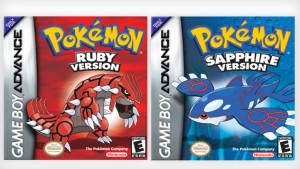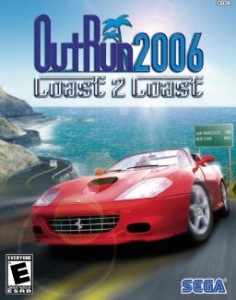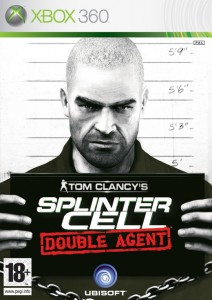378th played so far
 Genre: Driving
Genre: Driving
Platform: Playstation
Year of Release: 1997
Developer: Sony Computer Entertainment
Publisher: Sony Computer Entertainment
Gran Turismo cars are luxury touring cars – the high performance semi-racers that allow you to travel fast, for long distances, in comfort and style – or so Wikipedia tells me. The word is Italian, the cars also known as grand tourers in English.
Gran Turismo, the game, allows you (as you can guess) use these kind of cars to race around tracks.
Our Thoughts
(Semi-)realistic 3D graphics on Playstation games can be a bit of a mixed bag – while the console works well enough with bigger polygons and flat colours, the sprites and quality involved in more realistic titles can easily become a mess of pixels. Fortunately, Gran Turismo avoids that and instead has nice track surroundings. Sure, not overly detailed, but not sparse, and not overwhelming.
I lead off with that for two reasons. First, to start with something positive. Second, because there are sections of scenery that you will see a lot early in the game.
When it comes to difficulty, I don’t mind a slightly difficult game start. Having to take a minute or two to get used to the controls can be okay. (At the same time, I’ve been admitting that I don’t mind playing on a lower difficulty if it makes the game more playable for me – it’s about the fun of the game, and while accomplishment is part of that, the frustration of a game that’s too difficult isn’t worth it for me. My backlog is too big!). Gran Turismo gets it wrong though. You are forced to go through a tutorial to get your license, which you need to do just about anything else in the game. That tutorial is meant to teach you controls and bits about good lines and how to take corners. Fine, that’s useful – tutorials in games are good.
What isn’t good is having to repeat the tutorial ten times. I was playing each of the tutorials several times – at least five times for each of the seven or so lessons, and I’m sure I reached double digits on some. The time limits on them were so tight that you had to be incredibly precise from the start, or you’d have to try again – sitting through several cutscenes and swoops to the car as you do. While it’s fine to expect the precision demanded after a while, as a first impression for the game it made me want to throw the disk away and play something else, and only a lot of persistence allowed me through. That’s fine for the main game – although please hook me in first so I feel like the game offers me something worth my time – but as this is before you can actually play the game, it feels like a waste of my time. Especially as some of it goes out the window anyway as having opponent cars makes it difficult.
This is an inexcusable mistake, coming from a dev team that played their own game too often to judge what a beginning player can do. Because to be honest, the game wasn’t worth it. Sure, it’s a fun racer, it looks good for the time and has a lot of tracks and car options for what you can do. It seems to be the complete package, of which it was apparently the first at the time. For me, however, this is now offered better by others, in a less frustrating package.
Final Thoughts
For my contribution to this game as part of the final thoughts I am going to channel the eight year old me who asked for this game at the local Virgin Megastores since everyone was telling him how amazing it was:
I just wanna play the computer game. Why did they make this training level so hard? I can’t get a licence to play this game properly. This cost so much too. I hate cars!
The difficulty that I faced playing this game (as well as the original Driver) probably goes a long way to explain the lack of enthusiasm that I have for realisting driving and racing games. Maybe if it wasn’t for my addiction to Crash Team Racing I may have written off the whole genre until I got my copy of Mario Kart: Double Dash. Who knows.








